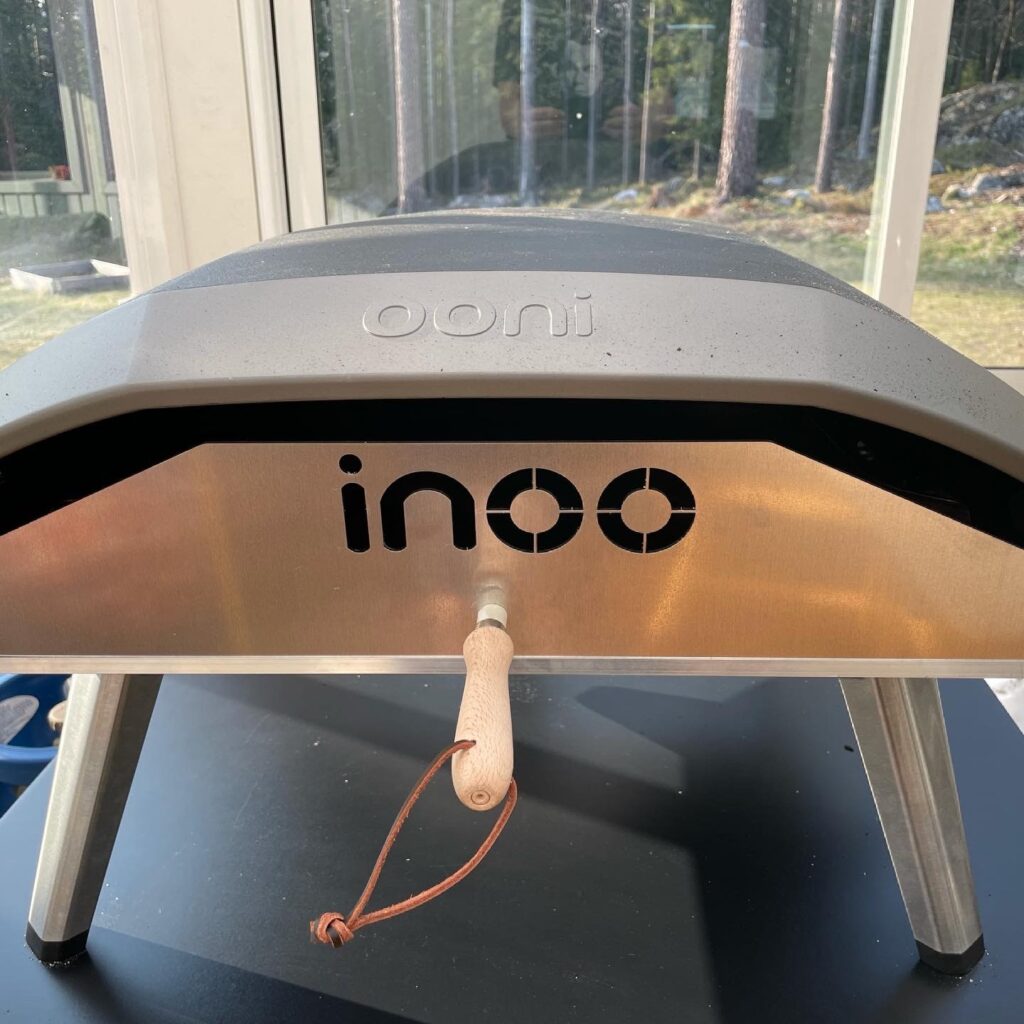The basis for compulsory school education in Sweden goes back to 1842, but before that from 1723 it was the parents’ responsibility that all children learned how to read and write. The current school system has not changed much since the end of the 19:th century when the main motivation was that we needed an educated workforce for the factories as part of industrialization. I.e., the main motivation was not political in the sense that everybody should be educated, but rather financial, to support the industry. Since then, the school system has changed somewhat in how it is organized, e.g., responsibility moved from state to city level and we have many more schools and universities, but the educational format itself is still the same. In the end, it is just a group of children sitting together in the classroom and learning a specific subject at a specific time.
How could education instead be organized? Do we need to put every child/student in a specific group based on age even though we know what people and specifically children learn at different rates? There has also been talk about using modern technical tools in education for a long time and some progress is made, but here it is mostly a question of moving the learning material from physical to digital format. In the end, it comes down to: What is the motivation for learning from a societal perspective?
In an ideal world, everybody should learn everything they need to live a successful and prosperous life in a modern society, but unfortunately not everyone is motivated by the same things and can not learn at the same pace.
Right now, there is a big push in Sweden for life-long learning mainly motivated by new growing base industries like modern iron/steel-production and battery factories for electrical vehicles. These are mostly industry jobs with specific requirements and do not always fully match available educational programs. Instead, special cases with MOOCs and specific short programs are created by universities, but the main educational effort is still on the classical education.
The educational system overall needs to be refined/changed to support a life-long learning thinking where the learners are not finished learning at the stage they end their learning at. Most see a person that has finished a program at university level to be “finished”. Changes could include the following:
- Compulsory learning time for everybody every year. In Sweden we have compulsory vacation, which the employer must pay and why not use the same principle for learning where we all get 2-4 weeks paid learning time.
- Educational financing at university level should be shifted to include more of the life-long perspective and not only focus on basic educational programs.
- On compulsory level (year 1-9) followed by secondary school, the learning should be more integrated where several subjects could be read together and with shifting learning groups where the classical class is removed (we need to think about the social impact though).
- The school system should utilize technical tools to support the learners where technology is used to identify learning levels and learning motivation and adapt both the curriculum per student and the learning system itself. The tools would provide clear and direct feedback to the learner and help the learn more and finally help them get more motivated to continue to learn.
So, why is change so slow or non-existent in the school system? How can we make something happen?
/Peter Parnes









